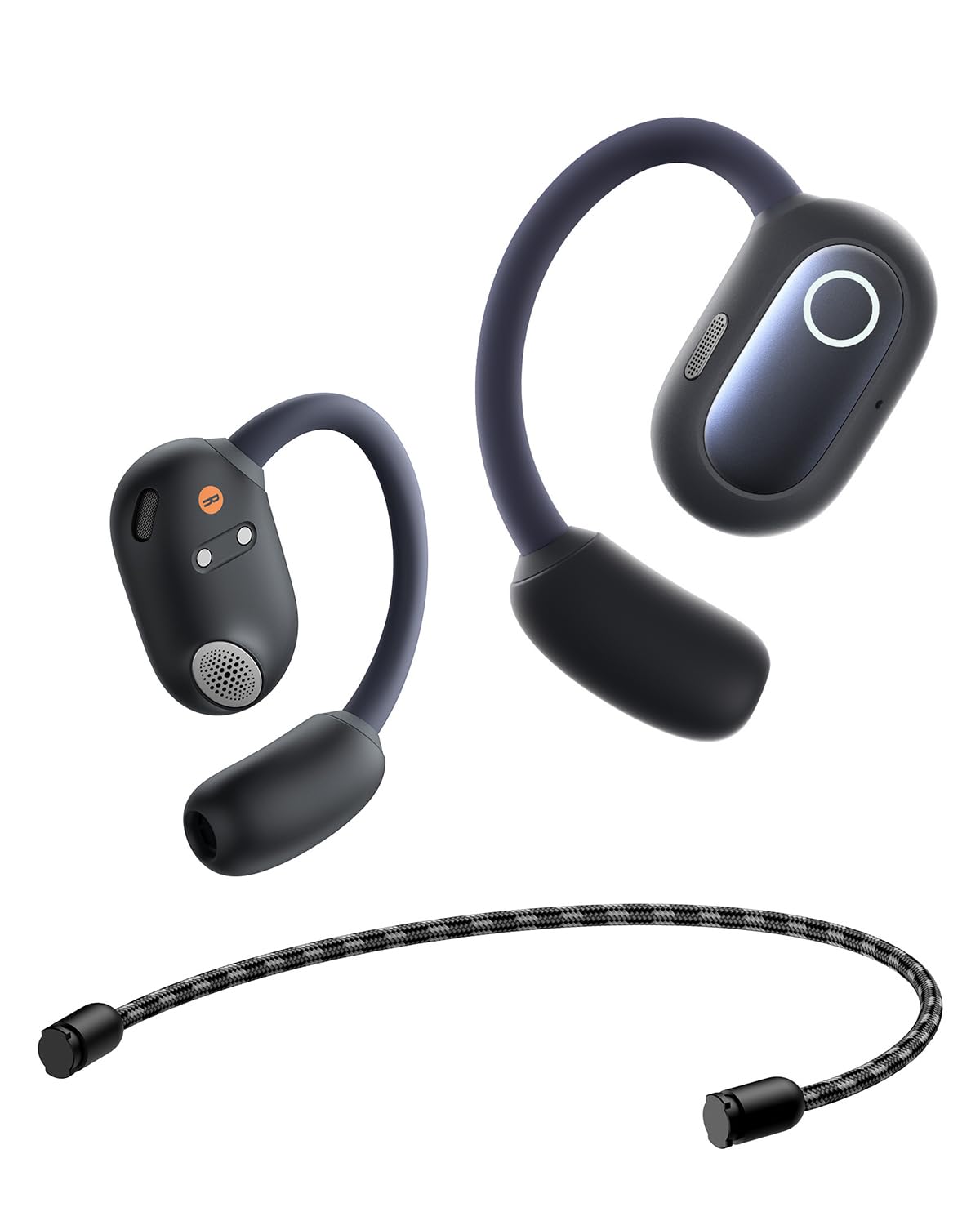Expansion of the RondoDox IoT Botnet Campaign
- The RondoDox IoT botnet now targets 56 vulnerabilities across over 30 different vendors.
- This botnet employs an “exploit shotgun” technique to breach targets.
- The vulnerabilities targeted include command injection, path traversal, and memory corruption.
- RondoDox imitates traffic from well-known gaming and VPN services to avoid detection.
- It is distributed using a loader-as-a-service (LaaS) model.
- Systems targeted encompass consumer gadgets and enterprise software like Oracle WebLogic.
- The malware is compatible with multiple Linux architectures.
Evolving Strategies and Tactics of RondoDox
Initially focused on only two vulnerabilities, RondoDox has greatly broadened its attack landscape, now compromising 56 vulnerabilities across more than 30 vendors. This expansion is defined by the “exploit shotgun” method, wherein multiple exploits are deployed simultaneously to identify successful points of compromise.
Exploitation Techniques and Vulnerabilities
The botnet’s toolkit comprises an impressive selection of exploits, featuring 50 command injection vulnerabilities, two path traversal issues, as well as examples of buffer overflow, authentication bypass, and memory corruption. Significantly, RondoDox also takes advantage of legacy vulnerabilities, including the well-known Shellshock bug from a decade ago.
Persistence and Evasion Strategies
RondoDox utilizes advanced methods to ensure persistence and evade detection. It mimics authentic traffic from gaming services and VPNs, camouflaging its actions as regular network activity. The malware alters system startup files and creates crontab entries to ensure its continued operation on compromised devices.
Loader-as-a-Service Distribution
Distributed via a loader-as-a-service (LaaS) framework, the botnet is bundled with other malicious payloads such as Mirai and Morte. This framework allows for extensive distribution, equipping attackers with a comprehensive botnet panel for managing malicious requests.
Broadened Attack Vectors
RondoDox’s attack methods encompass both consumer and enterprise devices, including Oracle WebLogic servers, WordPress, and vBulletin systems. The malware is designed to support various Linux architectures, enhancing its potential reach across multiple devices and platforms.
Conclusion
RondoDox signifies a notable advancement in IoT botnet operations, demonstrating its capacity to exploit a diverse array of vulnerabilities across many vendors. Its unique distribution strategies and advanced evasion techniques render it a significant threat to both personal and organizational networks.
Q: What is RondoDox IoT botnet?
A: RondoDox is an Internet of Things (IoT) botnet that targets various vulnerabilities to take control of devices, utilizing sophisticated evasion and persistence strategies.
Q: How many vulnerabilities are exploited by RondoDox?
A: RondoDox exploits 56 vulnerabilities across more than 30 vendors, including those related to command injection and memory corruption.
Q: What methods does RondoDox employ to stay hidden?
A: RondoDox imitates genuine network traffic from popular gaming and VPN services and uses diverse methods to maintain its presence on infected devices.
Q: What is the distribution method for RondoDox?
A: The distribution occurs via a loader-as-a-service (LaaS) setup, allowing it to be combined with other malicious payloads like Mirai and Morte.
Q: Which devices and systems does RondoDox target?
A: RondoDox targets both consumer gadgets and enterprise applications, including Oracle WebLogic servers, as well as WordPress and vBulletin systems.
Q: What does RondoDox’s expansion mean for users?
A: This expansion raises the risk of compromise for a wider array of devices, highlighting the importance of proactive cybersecurity measures and timely vulnerability patches.



.jpg&h=420&w=748&c=0&s=0)










